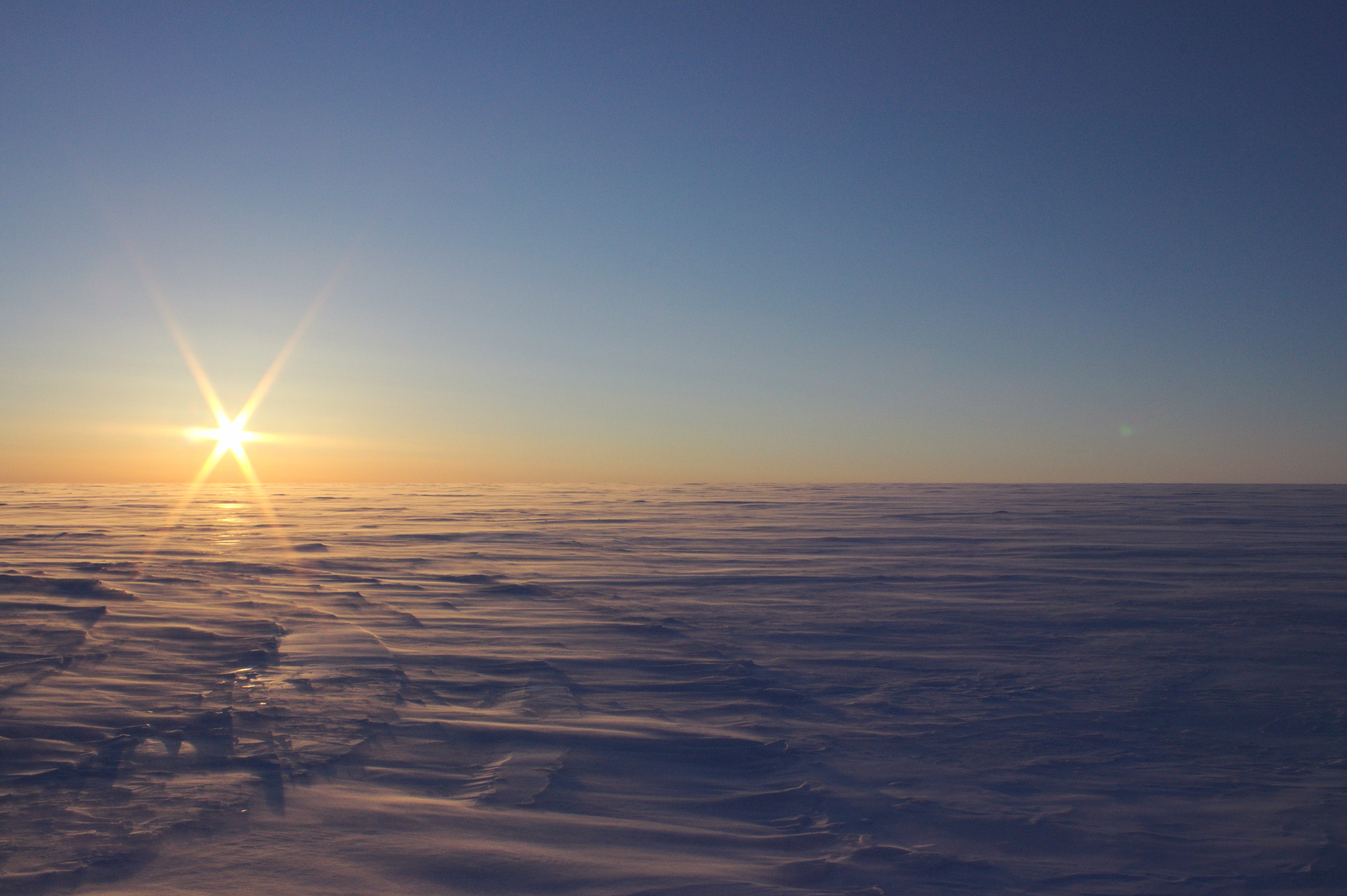
Deep down beneath a glacier in northeastern Canada, scientists have found evidence that there are two very salty and isolated lakes.
The two super-salt lakes have been found at a depth of between 550 and 750 meters, below a glacier ice in northeastern Canada. This is what new radar measurements by U.S. researchers reveal.
“We weren’t looking for subglacial lakes. The ice is frozen to the ground underneath that part of the Devon Ice Cap, so we didn’t expect to find liquid water,”
“We saw these radar signatures telling us there’s water, but we thought it was impossible that there could be liquid water underneath this ice, where it is below -10C.”
– Anja Rutishauser, Ph.D. student at the University of Alberta
The lakes are between four and five times as salty as normal seawater. What’s special about them is also that they do not seem to have any contact with the groundwater.
While there have been discoveries of lakes deep under the ice in Antarctica, these are thought to be the first isolated “hypersaline” underwater lakes ever discovered. With similar glacier lakes found in Antarctica (e.g. Lake Vostok) and Greenland, these are also the largest salt lakes yet found.
The news has generated a great amount of scientific excitement about the possibility that these newly discovered lakes are a potential habitat for microbial life. If there are microorganisms, the lakes should, therefore, be extra interesting to study in order to understand the possibilities of finding extraterrestrial life.
“We think they can serve as a good analog for Europa, one of Jupiter’s icy moons, which has similar conditions of salty liquid water underneath—and maybe within—an ice shell”,
– Anja Rutishauser
Jupiter’s moon Europa and Saturn’s moon Enceladus are both assumed to have a salty floating sea of water under a cover of ice. Rutishauser is preparing to further study the lakes and eventually, the scientist may drill down the more than half kilometer thick ice to get to the lakes to take samples.
Reference:
Anja Rutishauser et al. Discovery of a hypersaline subglacial lake complex beneath Devon Ice Cap, Canadian Arctic. Science Advances 11 April 2018. DOI: 10.1126/sciadv.aar4353


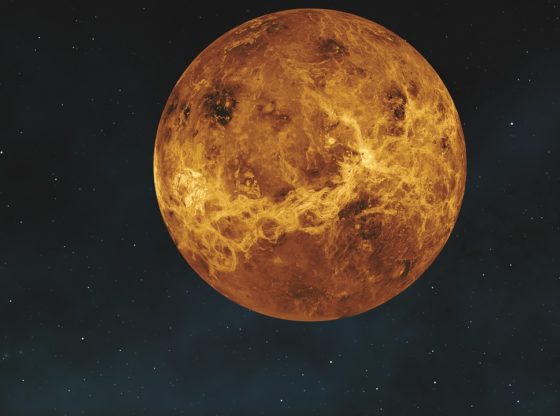
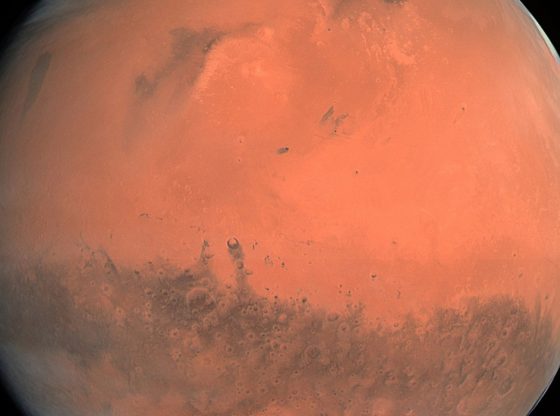
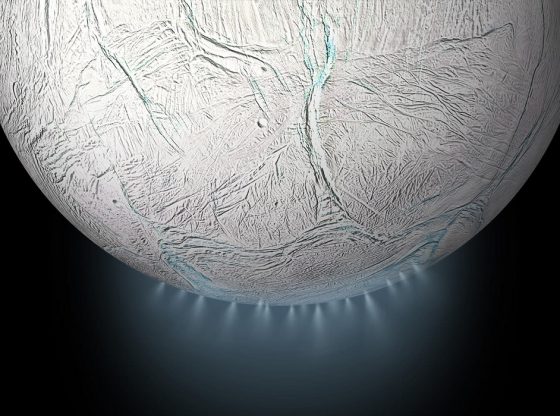
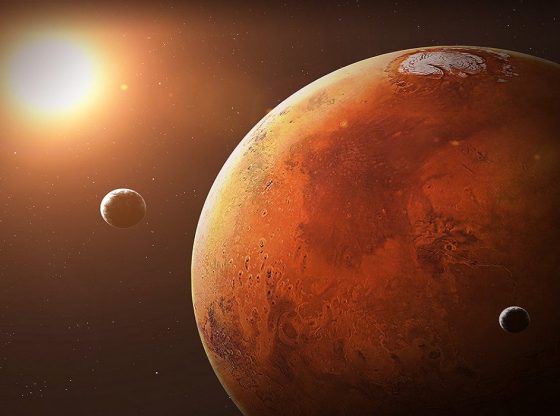
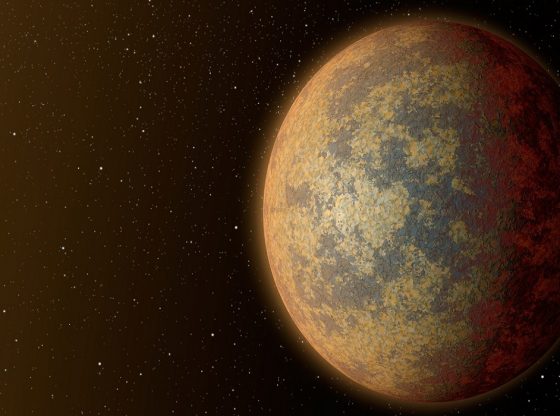
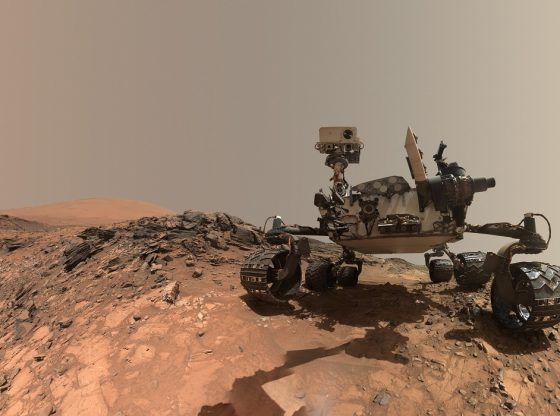



![OpenAI. (2025). ChatGPT [Large language model]. https://chatgpt.com](https://www.illustratedcuriosity.com/files/media/55136/b1b0b614-5b72-486c-901d-ff244549d67a-350x260.webp)
![OpenAI. (2025). ChatGPT [Large language model]. https://chatgpt.com](https://www.illustratedcuriosity.com/files/media/55124/79bc18fa-f616-4951-856f-cc724ad5d497-350x260.webp)
![OpenAI. (2025). ChatGPT [Large language model]. https://chatgpt.com](https://www.illustratedcuriosity.com/files/media/55099/2638a982-b4de-4913-8a1c-1479df352bf3-350x260.webp)








